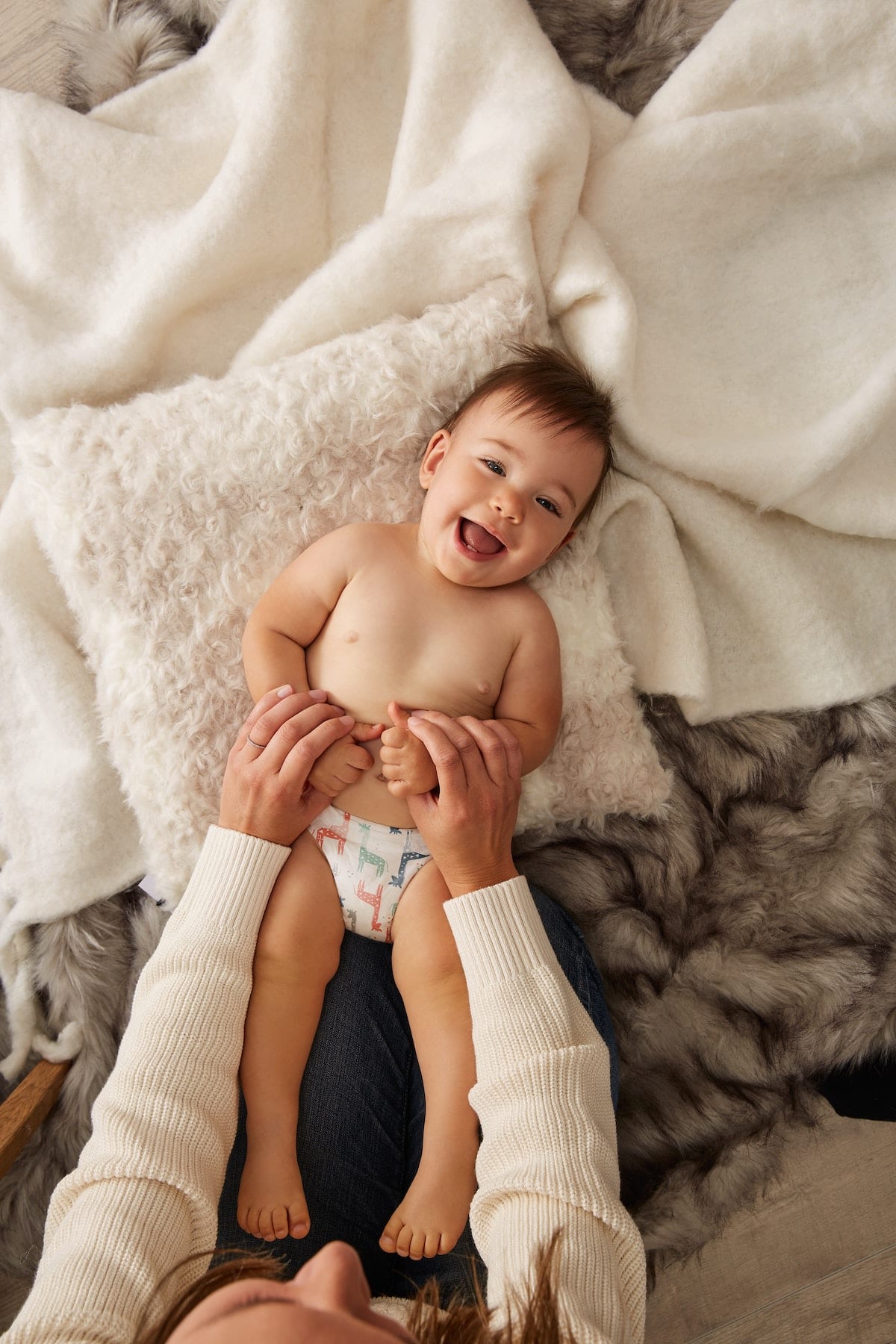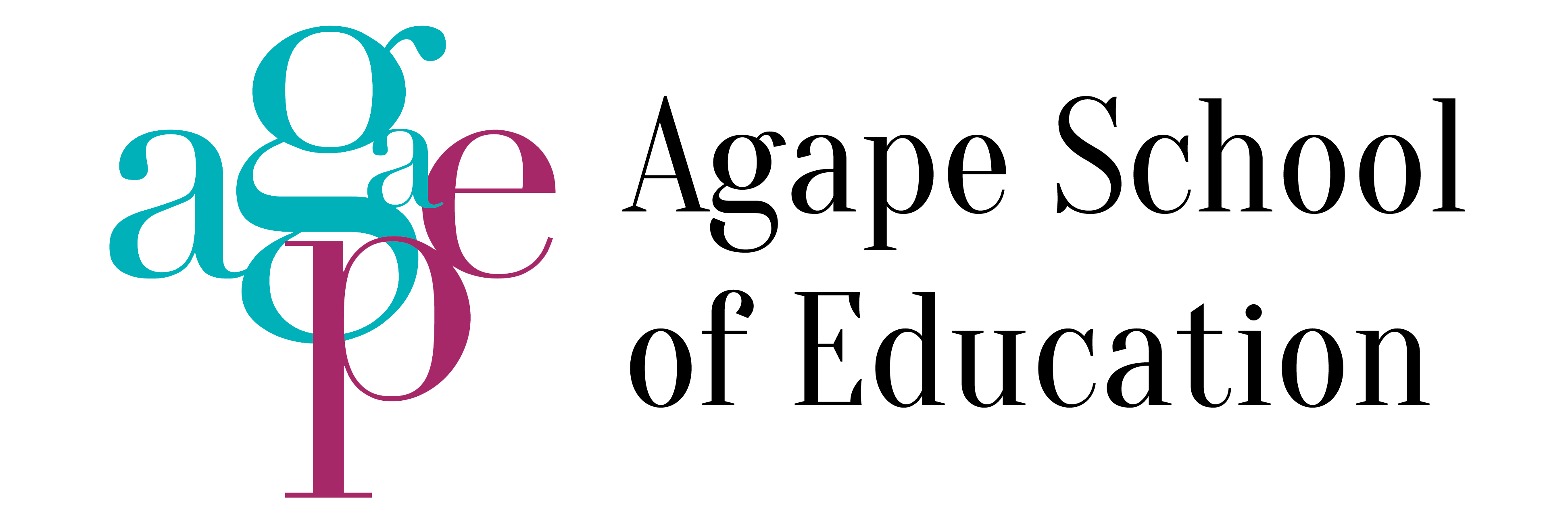If we look to the UNESCO, a child’s ‘Mother Tongue’ language is the first language learned in the home from older family members. Today, many of us view multilingualism as a means of geographical and economic mobility or migration. Indeed, multilingualism increasingly appears to be the new global norm. In Singapore, particularly, multilingualism is part of our general human capacity for language, is an essential aspect of how we form belonging and difference. That’s why from birth, most of us are exposed to at least two different languages.
Infants begin to distinguish between sounds – even between different languages – from about 8 months of age when their brains start to focus on the sounds, they hear around them. While how this transition occurs is still being investigated, it is hypothesised that the root lies in social interactions and use of exaggerated Parentese (aka Baby Talk). Parentese will often make your baby look at you and respond in coos or babbling.
However, this is not necessarily early language, although it is characteristic of the confusing nature of early language. This makes it less of a definitive milestone than some other developmental moments, like their first steps or puberty. Many people don’t even know their own first words, probably because most first words are considered banal and forgettable.
The Communicative Development Inventories
The Communicative Development Inventories (CDIs), one of the most widely used evaluation tools for early language development, showed how variable children’s early vocabularies are. This gave rise to the Wordbank, which now consists of more than 82,000 CDI reports in 29 languages and dialects. An initial analysis of Wordbank data revealed that children’s vocabularies tend to consist of consistent themes, which makes first words more interesting as a phenomenon.
The First Words Phenomenon
Infants tend to talk about the same things, regardless of their language; themes tend to revolve around words about sounds, games and social routines, body parts and the important people in their life. In multilingual children, words learned early in one language tend to be learned early in other languages. In America, the 10 most frequent first English words, in order, are
- Mommy
- Daddy
- Ball
- Bye
- Hi
- No
- Dog
- Baby
- woof woof
- Banana
One reason for this consistency is that such words are common words that have to do with babies, their immediate surroundings, and important, concrete things. They are often words babies hear frequently.
But another reason for the consistency is that babies tend to learn words that help them interact with their parents and caregivers. Therefore, your child’s early words tend to reflect cultural norms and parenting practices.

As they get older, children (up to one year of age) in most languages tend to say and understand more nouns than verbs, and use many fewer function words (such as the, and, and also), even though they hear function words frequently. Two exceptions are Mandarin and Cantonese, where children utilise more verbs. However, this is likely because in these languages lone verb (take) are acceptable clauses that in other languages would require subjects or objects (I take).
Now, while these trends are consistent across languages, there are some interesting demographic differences. According to Wordbank, in 25 of 26 languages, girls under 3 years old of age utilized more words than boys in their age group. There are also gender-related differences in the kinds of words babies tend to say. Boys tend to familiarise themselves with words for vehicles and objects associated with stereotypically male activities, such as sports, earlier than girls. On the other hand, girls familiarise themselves with words for body parts and clothing earlier than boys. Additionally, earlier-born children tended to utilise more words than their younger siblings – one hypothesis is that parents address more speech to firstborn children.
Kids Take Different Routes to Language
Yet the encompassing theme of Wordbank is variability, regardless of the language. This suggests that culture, family structure and social environments are largely independent of learning speech.
This can be quite liberating for parents, who tend to assume that the differences they see in their child’s language are their doing. While major differences in language input may be consequential, small acts like reading two different language books before bedtime, will not make much of a difference.
That said, if you’re hoping your baby utters your name before your partner’s, you’re probably listening closely for their first words. New research shows that speech sounds stimulate areas of an infant’s brain that coordinate and plan for the physical movements needed for speech. So, while you should keep speaking to your baby, it doesn’t have to be a big deal. You can talk to your child about hanging out the washing, preparing meals or whatever is happening around you.
Tune into your Child
- Reduce distractions to just ‘be present’ to talk to your child.
- Notice what your child appears to be interested in, and ask a question or make a comment, and then give your child time to respond.
- As your toddler learns to talk, give them time to find words for their ideas and really listen when they talk.
- Try not to finish their sentences and make sure they are finished before you talk. This sends the message that what your child has to say matters.
- Use natural pauses. Your child will eventually fill in these pauses when their language develops. This also teaches them to ‘give and take’ in a conversation.
At the Agape School of Education, we have playgroups available for children to learn new languages through song, dance, art, role-play and interaction with other children!



0 Comments